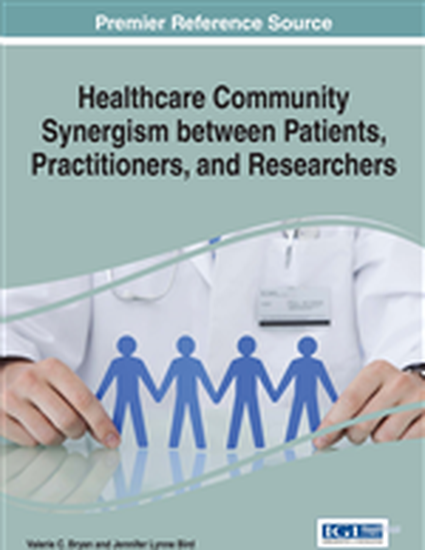
Contribution to Book
Chapter 10: Stress and Its Relationship to Leadership and a Healthy Workplace Culture
Healthcare Community Synergism between Patients, Practitioners, and Researchers
(2016)
Abstract
Every organization needs to be driven by effective leaders. In higher education, many leadership courses are designed to transfer knowledge and critical thinking. Other professional development workshops, seminars, and conferences in leadership also offer leadership training and development to assist individuals to understand human capital, and create an organization free from toxicity. A toxic working environment can lead to low morale, disruption in productivity and motivation, high rate of absenteeism, individuals using sick days when they are not sick, cause emotional and physical health issues, and even submitting derailed projects beyond deadlines. When there is an upsurge of stress in the workplace within employees and administrators, the organization will struggle. Negative information dynamics affect health and contribute to stress. Stress management capacity is the ability to manage stress and is vital in the prevention of a negative impact of stress. Stress management can be improved for leaders and organizations.
Keywords
- Biopsychosocial Model,
- Healthy Leadership,
- Motivation,
- Stress,
- Toxic Leadership,
- Workplace Culture
Disciplines
Publication Date
Summer July 1, 2016
Editor
Valerie C. Bryan and Jennifer Lynne Bird
Publisher
IGI Global
ISBN
9781522506409
DOI
10.4018/978-1-5225-0640-9.ch010
Citation Information
David B. Ross, Julie Ann Exposito, and Tom D. Kennedy. "Stress and Its Relationship to Leadership and a Healthy Workplace Culture" HersheyHealthcare Community Synergism between Patients, Practitioners, and Researchers (2016) p. 213 - 246
Available at: http://works.bepress.com/david-ross/65/
